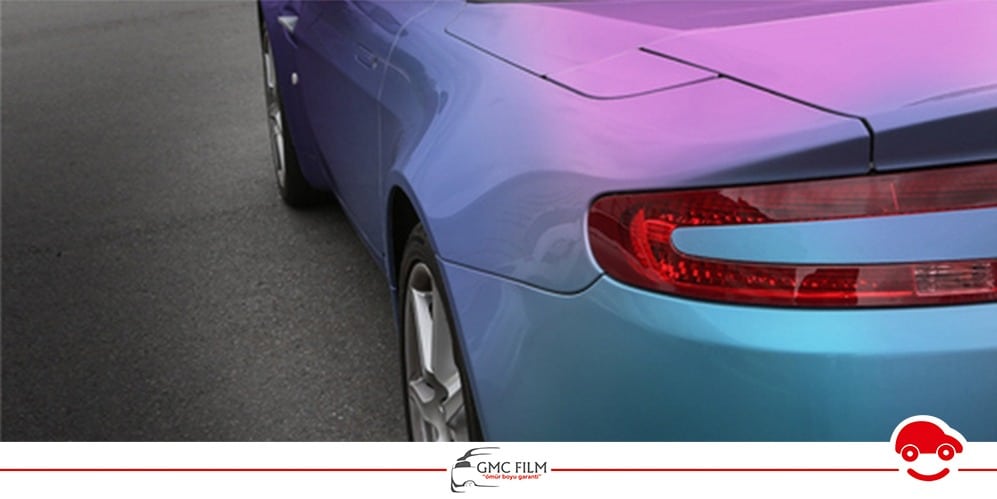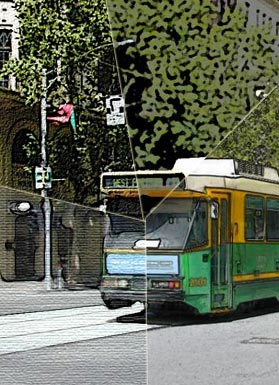

In the simplest case, a second unit is just a mirror of the first, with no functional connection to the first. This balances out the forces in order to reduce vibration and noise. The FPLG has been conceived in many different configurations, but for most applications, particularly for the automotive industry, focus has been on two opposed pistons in the same cylinder with one combustion chamber with a gas spring at the end of each cylinder. The magnitude and the force profile affect the piston movement, as well as the overall efficiency.

Iliner generator generator#
The linear generator can generate a force opposed to the motion, not only during expansion but also during compression. This works in a similar manner to the two-stroke engine, however it is not the only possible configuration. The gas spring pushes the moving parts assembly back to the top dead center (TDC), compressing the mixture of air and fuel that was injected and the cycle repeats. The gas spring is compressed, and, while the piston is near the bottom dead center (BDC), fresh air and fuel are injected into the combustion chamber, expelling the exhaust gases.

In the combustion chamber, a mixture of fuel and air is ignited, increasing the pressure and forcing the moving parts (connection rod, linear generator and pistons) in the direction of the gas spring. The free-piston linear generator generally consists of three subsystems: combustion chamber, linear generator and return unit (normally a gas spring), which are coupled through a connecting rod.
Iliner generator free#
Free Piston Energy Converter, KTH Electrical Engineering, Sweden - 2006.Free Piston Power Pack (FP3), Pempek Systems, Australia - 2003.Free-Piston Linear Generator, German Aerospace Center (DLR), Germany - since 2002.Free-Piston Engine Project, Newcastle University, UK - Since 1999.Free Piston Engine, Van Blarigan, Sandia National Laboratory, USA - Since 1995.Electric Generator, Pontus Ostenberg, USA - 1943.Chalmers University of Technology, Sweden.The first patents of free-piston linear generators date from around 1940, however in the last decades, especially after the development of rare-earth magnets and power electronics, many different research groups have been working in this field. The total efficiency (including mechanical and generator) of free-piston linear generators can be significantly higher than conventional internal combustion engines and comparable to fuel cells.įPLG patent from 1943 - Pontus Ostenberg, USA by P. The linear generator also allows the control of the resistance force, and therefore a better control of the piston's movement and of the reaction. This also allows a variable compression and expansion ratios, which makes it possible to operate with different kinds of fuel. It leads to a smaller and lighter generator with fewer parts. One of the main advantages of the FPLG comes from the absence of crankshaft.

The FPLG has many potential advantages compared to traditional electric generator powered by an internal combustion engine. One (or more) return unit to push the piston back due to the lack of a crankshaft (typically a gas spring or an opposed reaction section).One (or more) linear electric generator, which is composed of a static part (the stator) and a moving part (the magnets) connected to the connection rod.One (or more) reaction section with a single or two opposite pistons.The free-piston engine linear generators can be divided in 3 subsystems: Because of its versatility, low weight and high efficiency, it can be used in a wide range of applications, although it is of special interest to the mobility industry as range extenders for electric vehicles. The free-piston linear generator ( FPLG) uses chemical energy from fuel to drive magnets through a stator and converts this linear motion into electric energy.


 0 kommentar(er)
0 kommentar(er)
